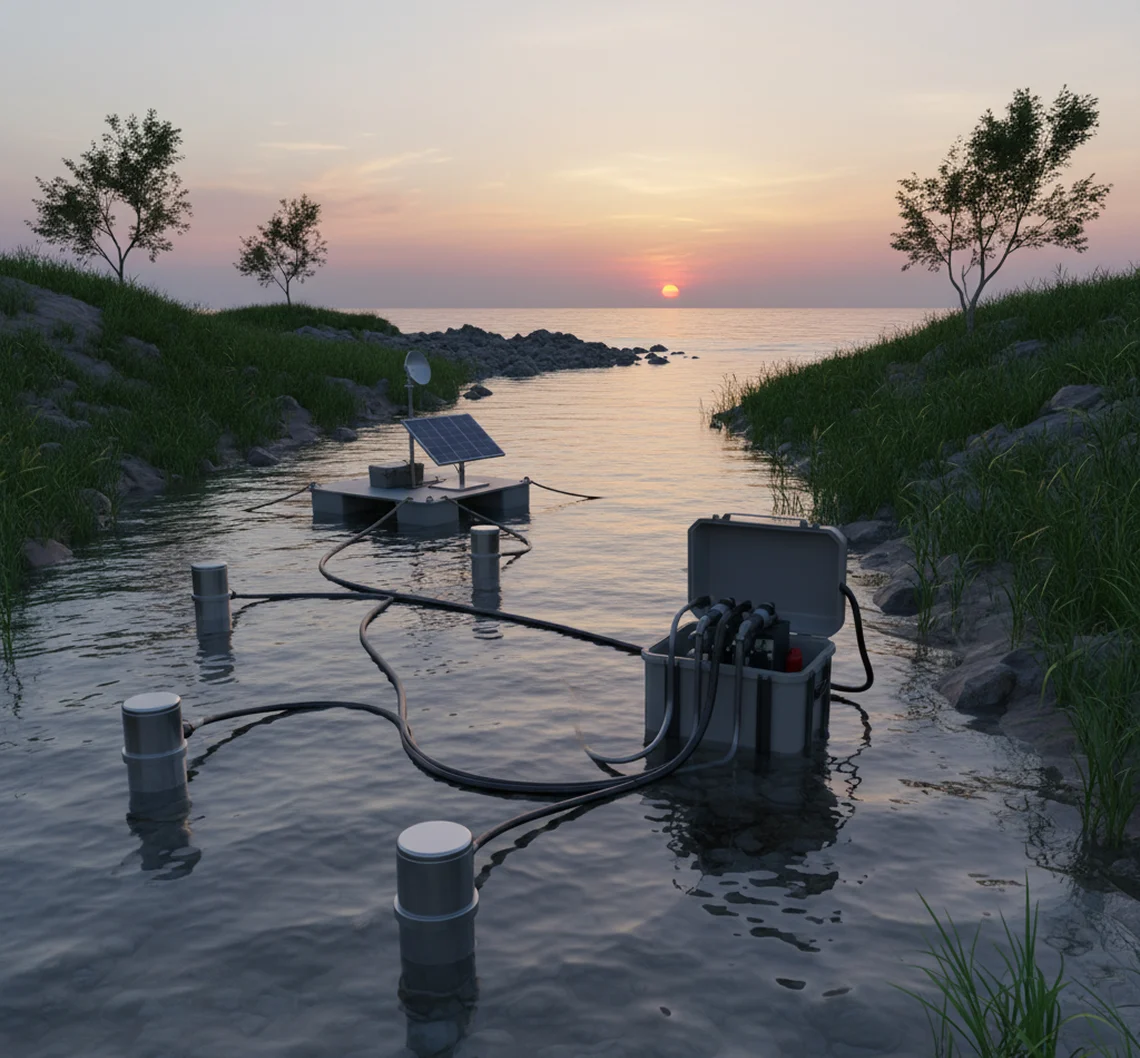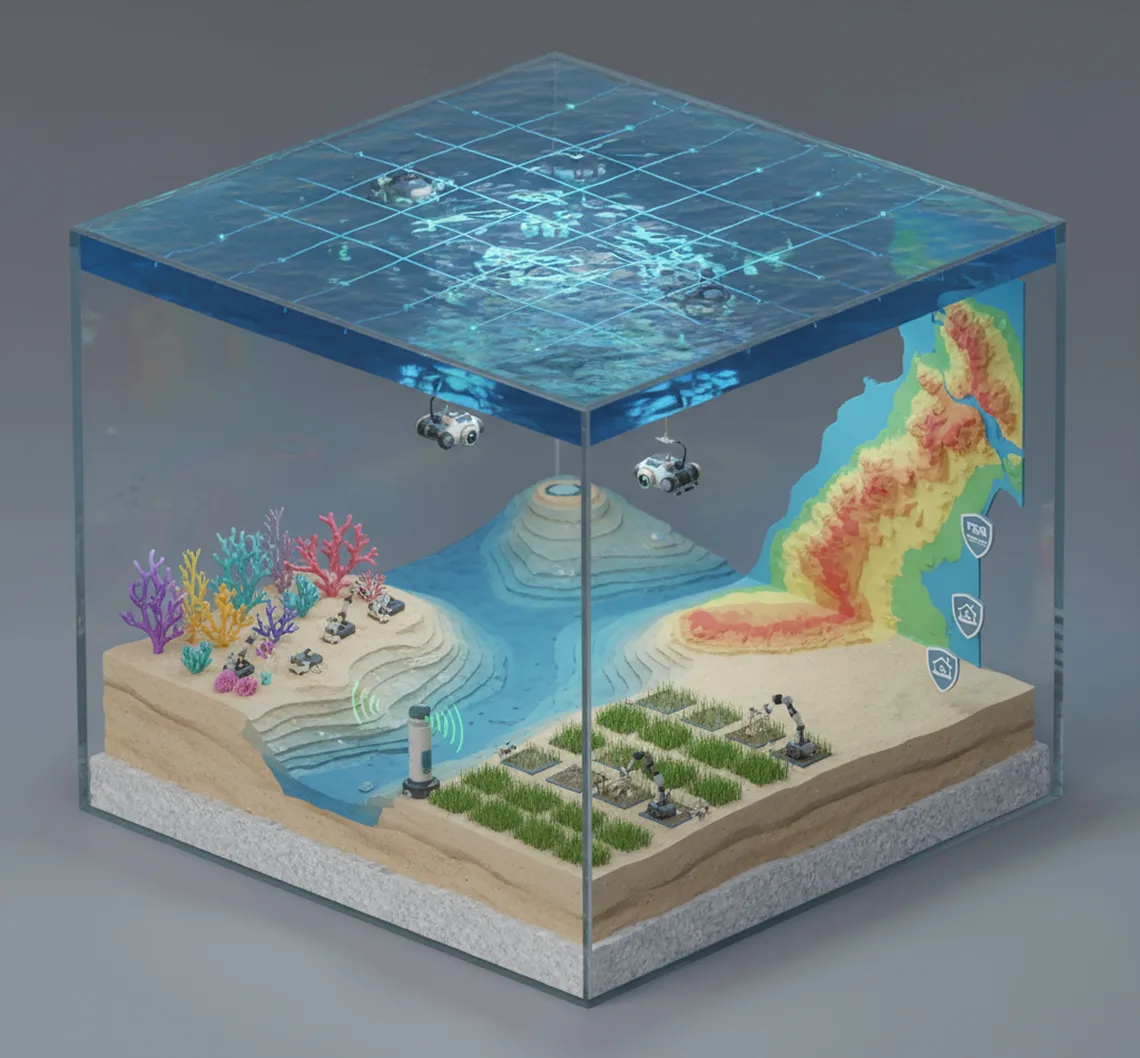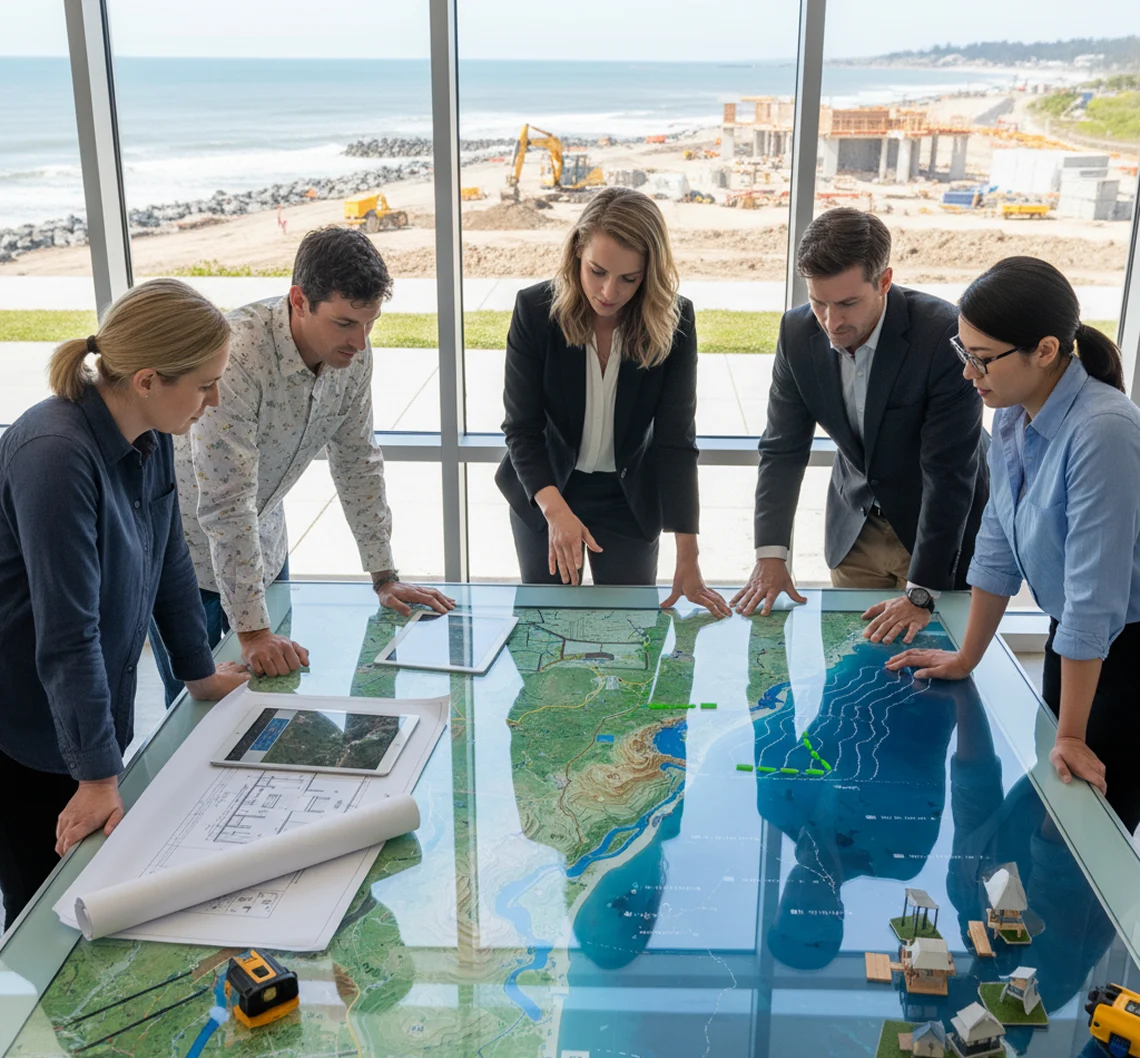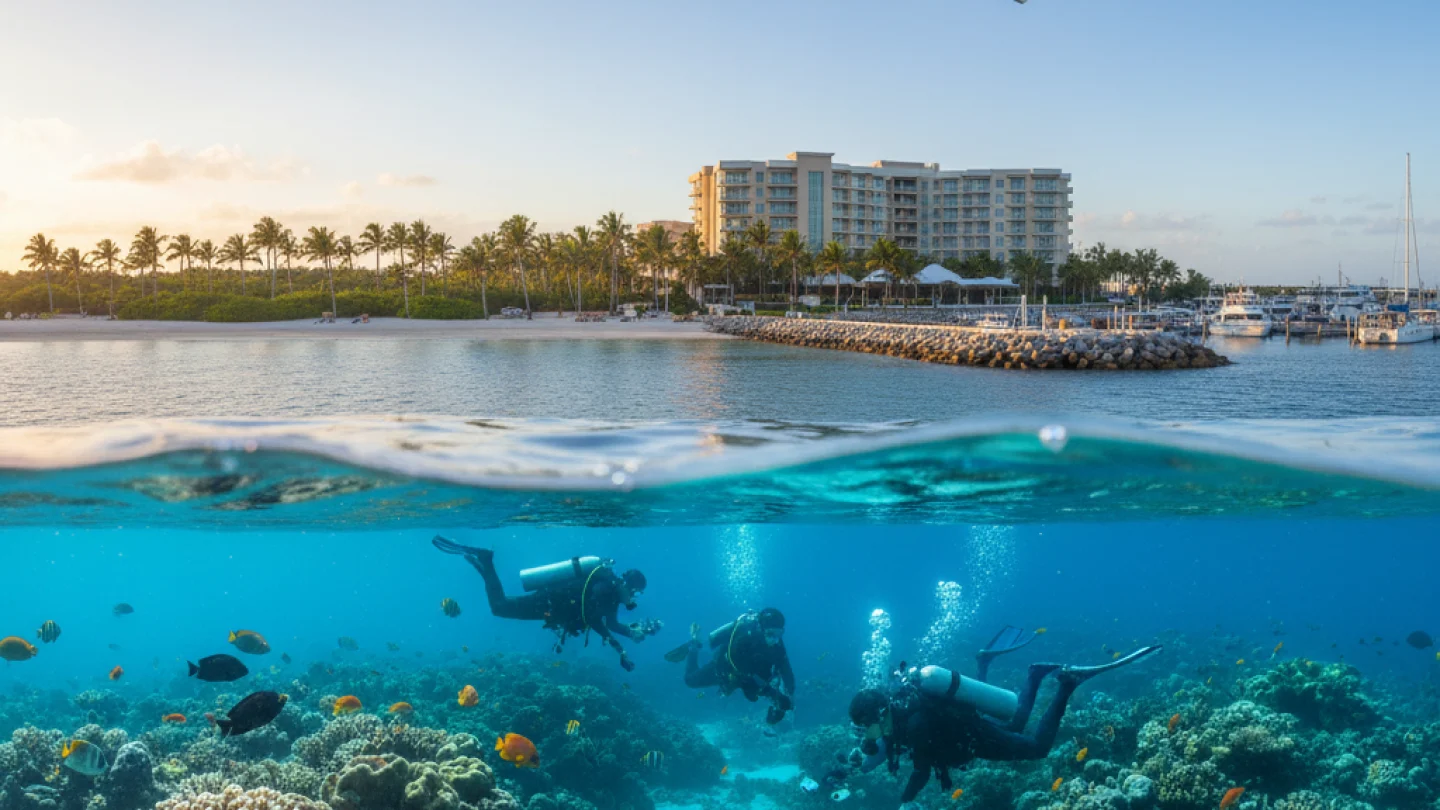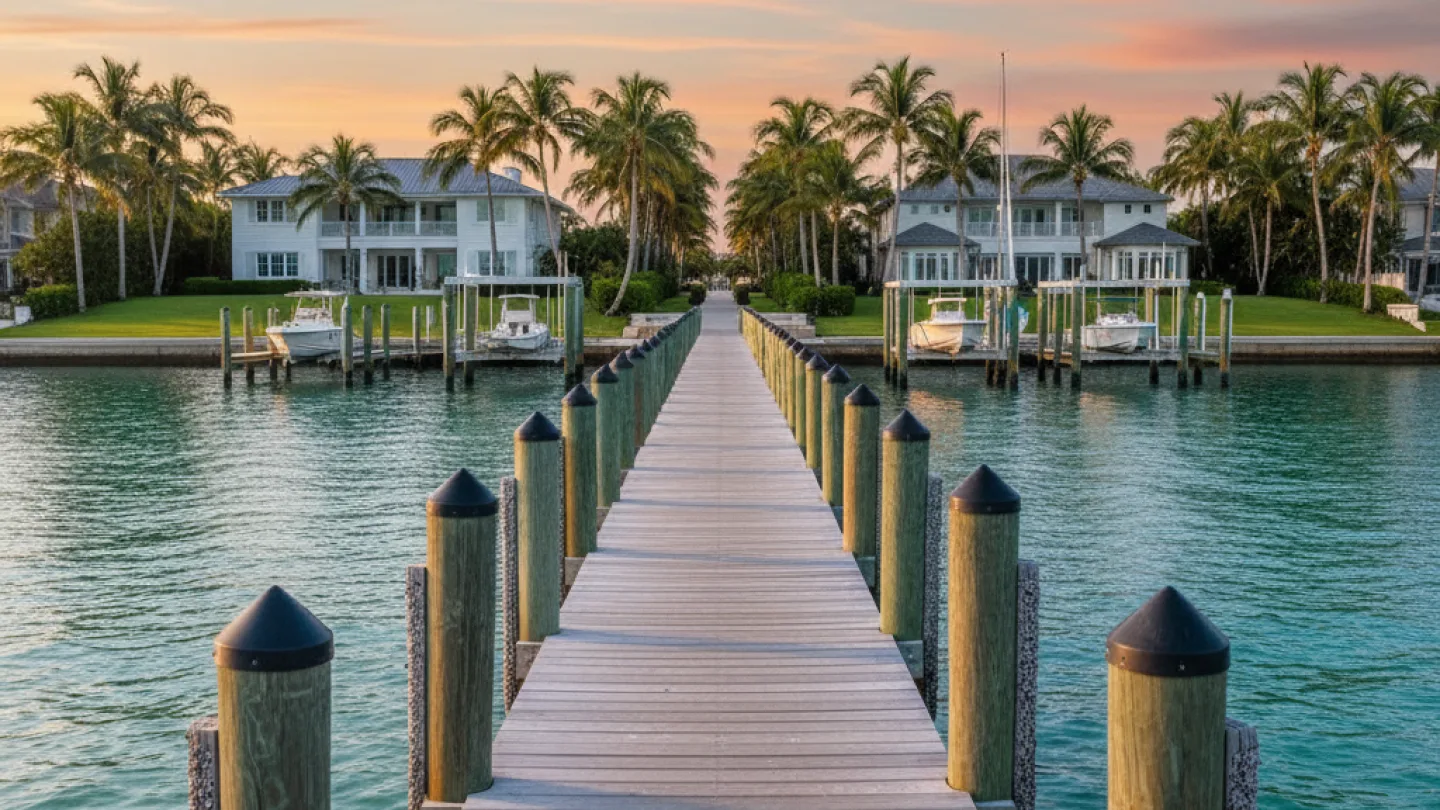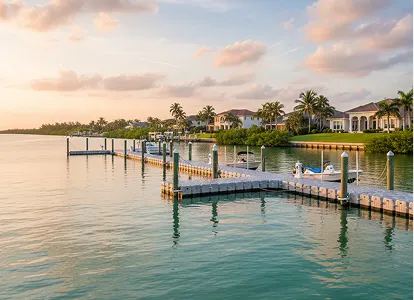One of the most dynamic coastlines in the US is found in Florida. The state’s more than 1,350 miles of coastline draw millions of residents, visitors, and investors who appreciate the beaches and waterfront way of life. However, there are also a lot of difficulties because of this special setting. Communities in Florida face ongoing threats that call for specialised knowledge, such as shoreline erosion and hurricane damage. Here is where coastal engineering comes in, offering long-term resilience as well as protection.
The main coastal engineering problems that Florida communities deal with will be discussed in this article, along with tried-and-true coastal engineering solutions that protect homes, businesses, and natural areas.
Why Coastal Engineering is Important
In addition to being a natural resource, Florida’s coastline serves as the foundation of its economy. Stable and sustainable shorelines are essential for ports, real estate, tourism, and fishing. Coastal engineering guarantees that Florida’s waterfront properties are shielded from erosion and flooding.
- Projects to stabilise the shoreline contribute to the preservation of beaches for tourism and recreation.
- During hurricanes, communities lower the risk of storm surge.
- For natural defence, ecosystems such as mangroves and dunes are restored.
Without funding for coastal engineering services, Florida would be at ever-greater risk of losing its public beaches and suffering expensive property damage.
What Are the Coastal Engineering Challenges
1. Shoreline Erosion Along Florida Beaches
Shoreline erosion is among the most obvious problems. From Miami to Clearwater and all the way up to Jacksonville, Florida’s beaches are steadily getting smaller. Sand is removed by natural processes such as tides and waves, and the process is accelerated by storms. Risks from coastal erosion include:
- Waterfront residential properties
- Resorts and hotels that depend on access to the beach
- Public utilities and roads
2. Hurricanes and Storm Surge Damage
Strong storms with destructive winds and catastrophic storm surges are a yearly threat to the state. When seawater is forced inland by these surges, it results in:
- Severe flooding in neighbourhoods with low elevations
- Damage to property for businesses and residences along the waterfront
- Prolonged exposure to saltwater that damages infrastructure
3. Rising Sea Levels
According to scientific research, Florida is especially at risk from sea level rise. As the tides rise higher every year, cities like Miami, Fort Lauderdale, and Tampa are more vulnerable to flooding. Sea level rise poses a threat to:
- Submerge neighbourhoods and low-lying roads.
- harm freshwater supplies and septic systems
- Long-term risk to entire coastal communities
4. Vulnerable Coastal Infrastructure
Infrastructure on coastal areas is subject to wind, waves, and saltwater all the time. In order to continue operating, roads, seawalls, marinas, drainage systems, and utilities frequently need to be reinforced or redesigned. Public safety suffers and repair costs soar in the absence of engineering intervention.
Proven Coastal Engineering Solutions for Shoreline Protection
Beach Nourishment Projects
Sand is added to eroded beaches as a means of replenishing their natural wave-resistance. This method is frequently employed along Florida’s coasts to safeguard local populations as well as the travel and tourism sector.
- Preserves tourist-friendly beaches
- Safeguards neighbouring residences and resorts
- Absorbs wave energy to help prevent storm damage.
Seawall Construction and Repair
Hard-structure defences called seawalls are intended to shield infrastructure and properties from wave action. Seawalls protect Florida’s waterfront communities from continuous erosion and flooding when they are properly designed.
- Protection for owners of waterfront properties that lasts
- For sustainability, it can be paired with natural barriers.
- Available in designs made of stone, steel, or concrete
Dune Restoration and Vegetation Stabilization
Shoreline stability is largely dependent on natural defences like vegetation and sand dunes. Coastal engineers frequently create robust, environmentally friendly protection systems by combining native plants with engineered dunes.
- Minimises erosion on beaches
- Provides wildlife with natural habitats.
- Combines property protection with environmental preservation.
Flood Control and Drainage Systems
To manage flooding risks, engineers design drainage systems, tide gates, and barriers tailored for Florida’s climate and geography. These systems are essential for residential areas, resorts, and urban developments.
- Protects against hurricane-driven flooding
- Reduces saltwater intrusion into freshwater supplies
- Improves community resilience during extreme weather
Sustainable Coastal Planning
Modern coastal engineering also focuses on long-term planning. Engineers collaborate with local governments, developers, and property owners to ensure resilience against future sea level rise and storms.
- Incorporates environmental regulations
- Balances property protection with natural preservation
- Reduces costly emergency repairs in the future
Communities in Florida Benefiting from Coastal Engineering
Cities and towns across Florida are already seeing the benefits of professional coastal engineering services:
- Miami and Fort Lauderdale: Flood prevention and seawall upgrades
- Tampa Bay: Shoreline stabilization and erosion control projects
- Florida Keys: Ecosystem-focused dune and vegetation restoration
- Panhandle Region: Beach nourishment for tourism and storm defense
The Way Forward
Florida’s coastline is one of its greatest assets, but it also faces constant challenges from erosion, storms, and rising seas. Through advanced coastal engineering solutions, ranging from beach nourishment and seawalls to dune restoration and sustainable planning, Florida can protect its communities, properties, and natural resources.
Investing in coastal engineering services in Florida not only secures property values but also ensures that future generations can continue to enjoy the state’s unique shoreline.


